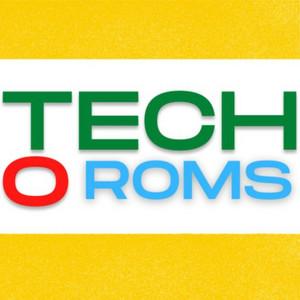Even as technology propels humanity towards sleeker and smarter innovations, interest in retro relics persists. Vinyl record sales climb yearly while Polaroid cameras make comebacks. And for digital natives born into an already highly-connected world, glimpses of analog serve as portals into the past, stoking curiosity about bygone eras. This fascination helps classic video games from the 70s, 80s and 90s find new life today through modern tech like ROMs and emulators.
Preserving Game History with Emulation
Without concerted preservation efforts, aging game cartridges and discs risk decay, dooming iconic software to oblivion. Thankfully, emulator programs simulate hardware environments that legacy games need to run properly. This software preservation protects creative works enabling continued play. Some popular emulators creatively consolidate multiple platforms too like RetroArch for mobile and OpenEmu on Mac.
What are ROM Files?
To operate on emulators, game data gets extracted from original media then converted into open-only memory files called ROMs. These compact digital packages represent exact copies that recreate experiences, saving physical space. While downloading ROMs legally falls into murky territory, some view access as essential to safeguarding cultural touchstones.
Legal Gray Area
Copyright law remains ambiguous regarding backing up personally-owned software as ROMs. Downloaders leaning on fair use clauses claim digital copies become necessary to play on modern setups once physical media degrades. But game publishers insist this still violates IP rights. The legal debate continues unfolding.
ROMs Offer Cultural Connections
More than just enable legacy gaming, rediscovering classics via ROMs provides a cultural exchange between generations. As icons like Pac-Man, Sonic, and Mario transcend to mainstream pop culture status, learning iconic contexts around these characters creates common ground.
Building Camaraderie
Thriving communities revolving around retro gaming offer social connections too. From forums eliciting strategy tips to content creators demonstrating speedrunning tricks, bonds form discussing nostalgic topics. Even casually watching streams fosters fun fan camaraderie through shared interests.
Bridging Generations
Watching Gen X parents school Fortnite-savvy kids in 90s fighting games or elders schooling youngsters in arcade favorites forges shared memories. Playfully competing clashes assumptions creating feel good intergenerational moments. Suddenly Pong Paddles and Space Invaders seam as engaging as online shooters to digital natives.
ROMs Transport Users Through Time
Beyond archival importance, ROMs grant today's gen convenient access to interactive time capsules showcasing gaming's evolution from basic 2D to today’s sprawling 3D landscapes. Getting hands-on with genre-defining titles educates users on creative roots shaping modern hits. Discovering what captivated past gamers connects us to enduring classics.
Glimpsing Gaming History
Walking historical halls from early arcades to modern platforms lets users witness ingenious innovation unfolding across decades firsthand. Appreciating bold visionaries who pushed boundaries with emerging tech inspires current creators towards inventing gaming’s future.
Escaping Today's Chaos
Staying perpetually plugged into contemporary world crises constantly overloads cognition. But revisiting golden gaming eras when imaginative interactivity trumped realism calms psyches. Simply controlling familiar mascots like Mario, Sonic or Lara Croft across pixelated adventures restores zen concentration, not nagging anxiety frequently tied to present-day pressures.
For digital natives overloaded on information daily, embracing iconic games via ROMs injects pureCreateTemporally distraction. Perhaps slot 30 minutes just acquainting with an Atari 2600 gem or testing Super Nintendo hero mythology. Historical exploration refreshes perspectives. The past patiently awaits.

